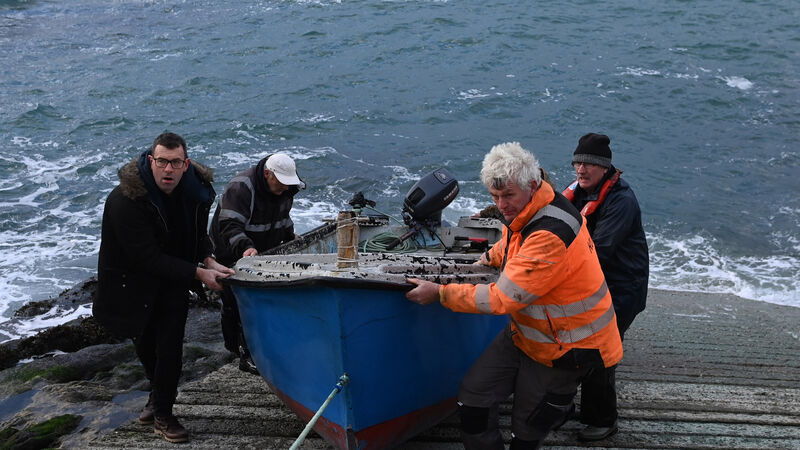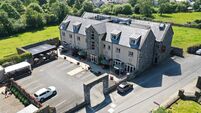The islands of West Cork face an uncertain future

Irish Examiner reporter Noel Baker (left) helping islanders and workers Seamus Griffin, Bernie O'Leary and Martin Sheehan to get their boat ashore after arriving from Dursey Island recently. Picture: Eddie O'Hare
Of late, the crossing between Dursey Island and the mainland has become fiercely elemental - a battle against time and the tide.
On a Friday morning in early December, Bernie O'Leary and Martin Sheehan, both natives of the West Cork island, edged across the narrow but treacherous channel. Completing the journey was one thing, getting Bernie's small boat ashore was quite another.











